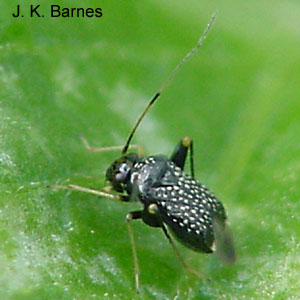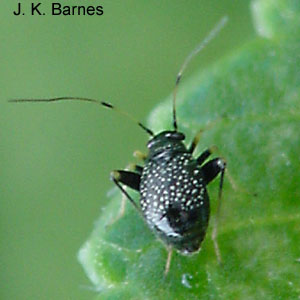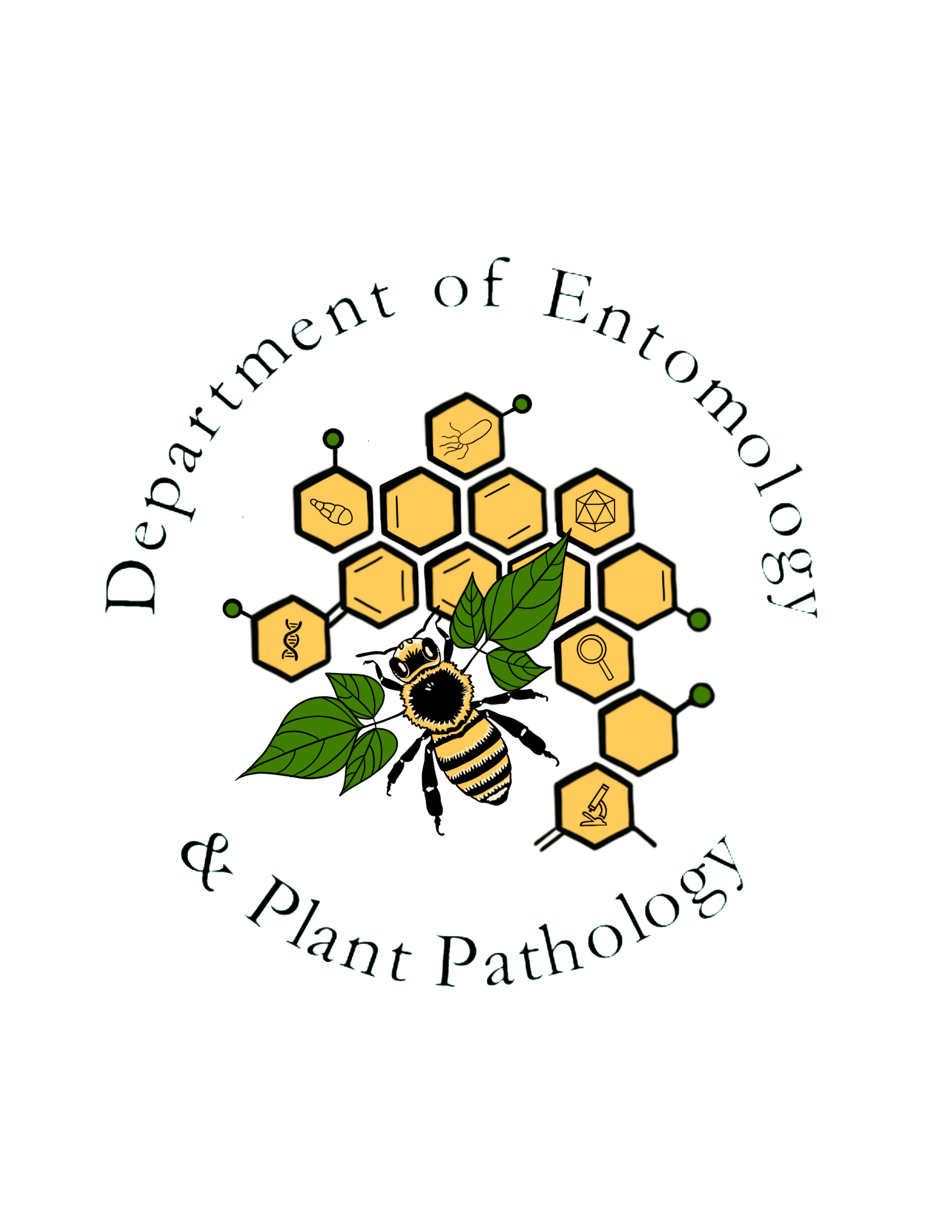Garden Fleahopper
Order: Hemiptera
Family: Miridae
Genus and species: Halticus bractatus (Say)


The garden fleahopper can be an important early season pest in many legume, vegetable, and fruit crops. These true bugs suck the contents of plants cells, causing pale speckling of the foliage and possibly stunted growth or even death of seedlings. Infestations can reach large proportions in alfalfa fields, and the leafhoppers may spill over into nearby gardens, where they are especially attracted to beans, beets, cucumbers, eggplants, lettuce, peas, peppers, potatoes, squash, and tomatoes.
Garden leafhoppers occur throughout the eastern and Midwestern United States, Central America, South America, and the West Indies. They are very small, only about 1.5-2.3 mm long. The adults are shiny black with some yellow on the antennae and legs. They have enlarged hind femora and they hop when disturbed. All adult males have wings (i.e., they are macropterous), but most females are wingless (brachypterous). There are several generation per year, and it appears that the species winters in the egg stage throughout most of its range. The wintering eggs hatch in April. Females typically insert the eggs into plant stems and leaf petioles.
Fleahoppers are easily controlled with insecticides.
